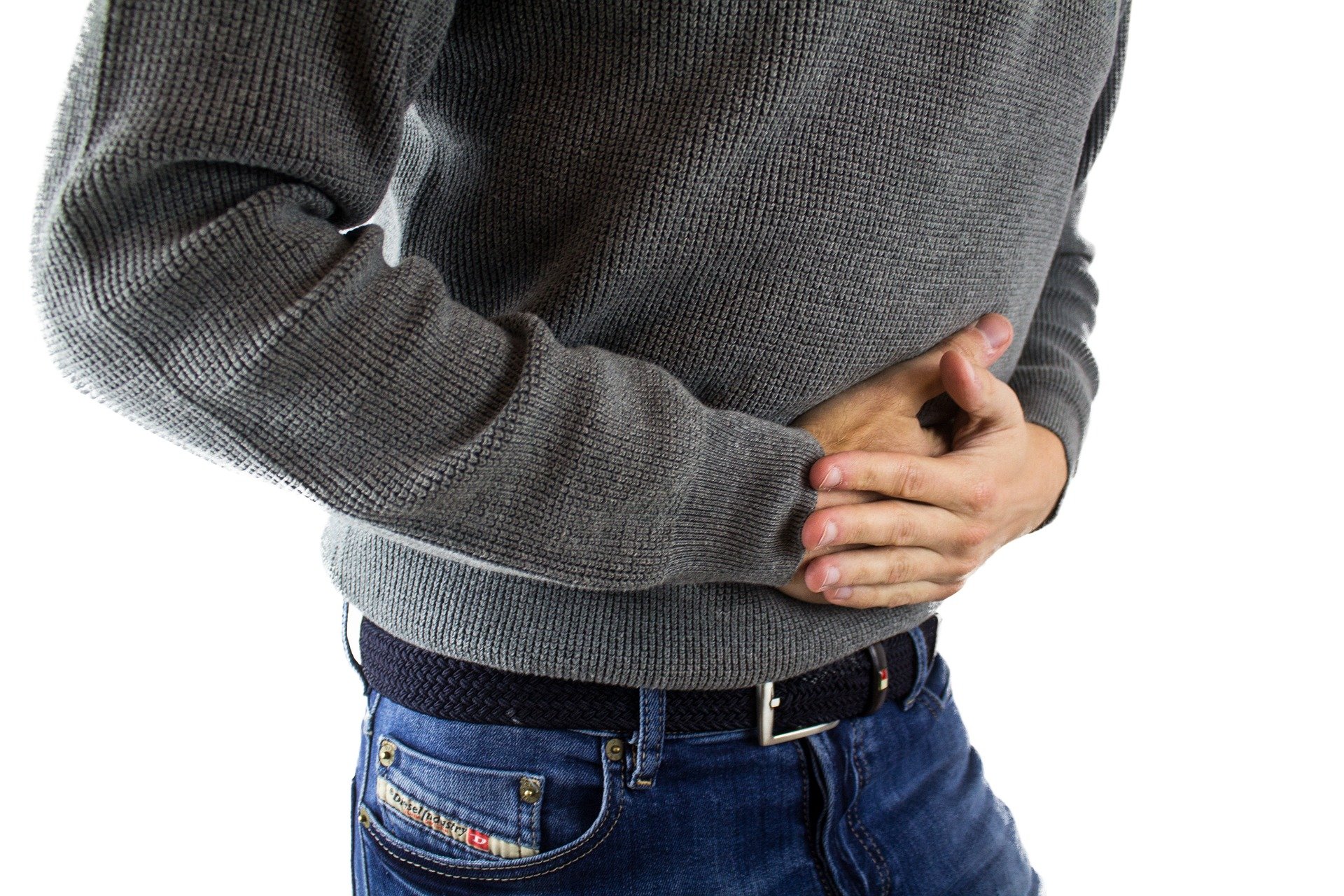Anorectal Manometry is a procedure that measures the function of anal and rectal muscles. This test helps doctors measure function and pressure in sphincter muscles involved in bowel movements. Here’s what you need to know about the procedure.
When is Anorectal Manometry used?
Anorectal Manometry is used to help evaluate patients with fecal incontinence or constipation. As a type of manometry, it measures the coordination and force of smooth muscles. In particular, it can help evaluate the strength and coordination of sphincter muscles. In short, Doctors use Anorectal Manometry to investigate in cases of abnormal bowel movements. So, if you have difficulty passing stool, struggle with uncontrolled bowels, or experience constipation, your doctor may recommend Anorectal Manometry. Doctors also use Anorectal Manometry to assess anal and rectal muscles pre and post-surgery, investigate functional anorectal pain, and make differential diagnoses regarding anal pain.
Preparing for the Procedure
There are a few preparatory steps you need to take before an Anorectal Manometry. Your doctor will give specific instructions before the procedure. You should not eat or drink anything starting midnight the night before the test. Additionally, your doctor may ask you to take one or two enemas a few hours before the test to empty your bowels. You should also discuss any medications you are taking before the procedure. In particular, you should not take smooth muscle relaxants the day before the procedure.
During the Anorectal Manometry Procedure
Anorectal Manometry does not involve any sedatives. During the procedure, you will lie on your left side with your knees bent. Your doctor will slowly insert a small catheter (tube) through your anal sphincter to your rectum. The catheter has a balloon attached at the end. Once the balloon is in place, your doctor will attach the exposed end of the tube to a machine that inflates the balloon. Your doctor will then measure the muscle coordination and strength in your rectum and anal sphincter. You may be asked to squeeze, push, and relax at various points as they are performing the testing. The machine measures subsequent pressure changes in the balloon. Your doctor may also measure other things like rectal volume, sensation, and muscle reflexes. Once they complete measurements, your doctor will deflate the balloon and remove the catheter and balloon. The procedure takes around 30-45 minutes in total.
After the Procedure
Since no anaesthetic is used during the test, recovery is immediate. You can resume normal activities and diet. Your doctor will discuss their findings with you after the procedure. This can take some time depending on their findings.
Depending on the findings, your doctor may make some recommendations. These may include dietary changes, using certain medication, and muscle strengthening exercise. In some cases, surgery may be required.
Our experienced team at GHP has years of experience performing procedures including Anorectal Manometry. We can help establish the best plan of care for your situation. Contact any of our office locations to learn about the options we offer and schedule an appointment today.



